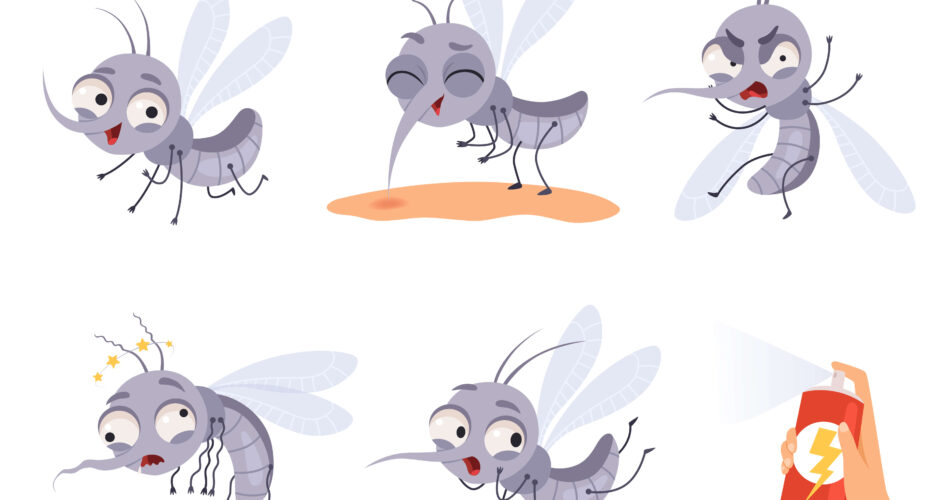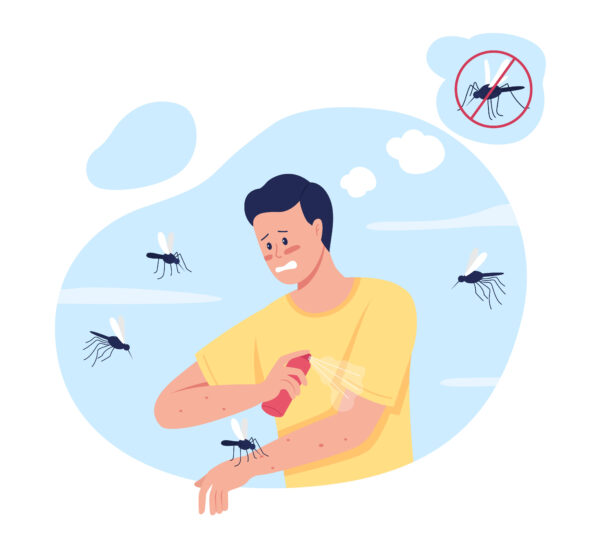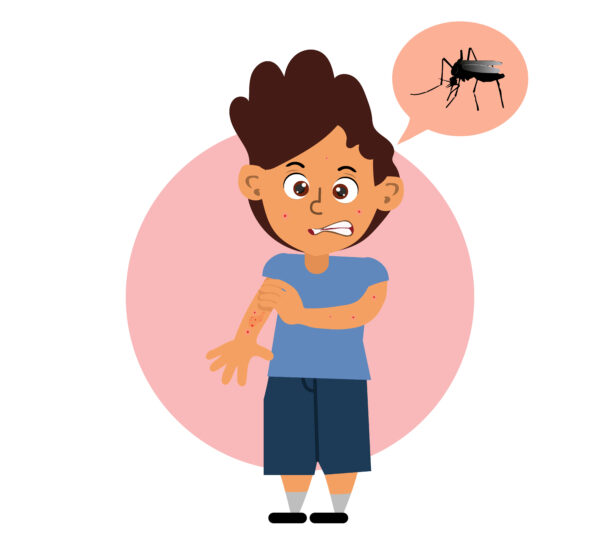The rainy season is here, and so is the possible rise of cases of dengue fever in most communities, especially in tropical and subtropical areas. This infectious disease can potentially lead to detrimental effects if not detected early on. That’s why parents should be aware of the symptoms, causes, and forms of treatments to save their children and their health.
It is no secret that dengue infection has been a global concern. Whether or not you live in the areas where this condition thrives, you need to have the proper knowledge. Discover the crucial aspects of managing dengue properly in this blog. Let’s begin!
What is Dengue
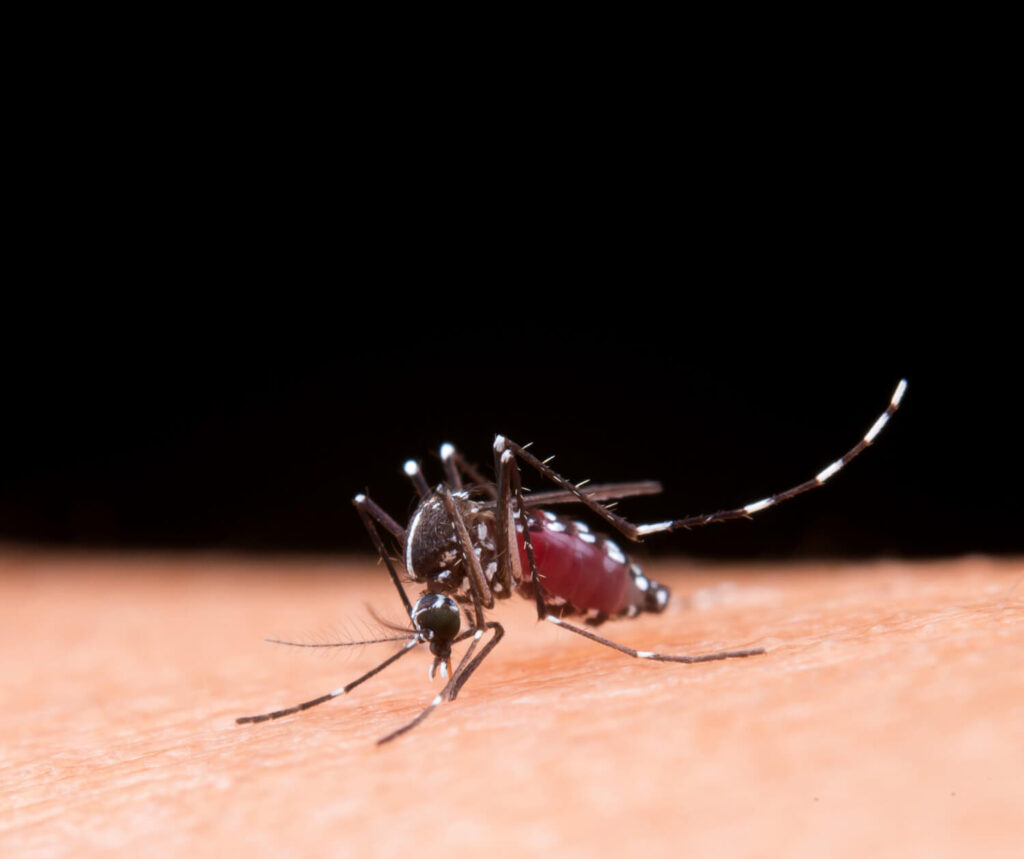
Dengue, also known as breakbone fever, is caused by the dengue virus, which belongs to the Flaviviridae family. This family of viruses also involves other mosquito and tick conditions such as yellow fever. The virus that causes dengue is commonly transmitted to humans through the bite of infected Aedes mosquitoes, particularly Aedes aegypti and Aedes albopictus. These mosquitoes are common in urban and semi-urban areas, thriving in stagnant water sources such as puddles, discarded old tires, and flowerpots.
When an infected mosquito bites a person, the virus enters the blood vessels and affects the patient’s health. It can lead to mild to severe complications and symptoms, especially in subsequent infections with different serotypes of dengue virus. That’s why living in places where a risk of dengue is possible means patients must practice precaution. Doing so will help them protect their and their loved one’s health against this infection.
Dengue Vs. Dengue Hemorrhagic Fever
Understanding how to manage dengue can help by knowing the difference between these two forms. Dengue fever and dengue hemorrhagic fever are two forms of the same viral infection caused by the dengue virus. While dengue fever typically presents the common symptoms, dengue hemorrhagic fever can lead to bleeding, organ damage, and even death if not treated promptly. In short, dengue hemorrhagic fever is a severe form of dengue.
Whether your condition involves mild fever or a severe type of dengue, seeking medical help is important. Be proactive about your health by scheduling online appointments or visiting health doctors for a consultation.
The Impact of Dengue on Global Health
According to the World Health Organization, dengue has been a significant public health issue, especially from 2000 to 2019. Cases rose from 505,430 to 5.2 million. However, other cases involve mild infections and asymptomatic situations that are not recorded. In the year 2023, the WHO recorded the highest number of cases yet, which involved 80 countries. Around 6.5 million were recorded, and about 7300 cases were deaths.
Identifying the Symptoms

Recognizing the symptoms of dengue is essential in early detection and diagnosis. The disease can present with a wide range of symptoms, which can often be mistaken for other viral illnesses. Symptoms begin after the incubation period of 5 to 7 days.
Early Signs and Symptoms
In the majority of cases, this illness begins with a sudden onset of high fever, usually lasting 2 to 7 days. Other early symptoms may include severe headache, joint pain, muscle pain, fatigue, nausea, vomiting, and rash. Some individuals may also experience mild bleeding from the nose or gums.
It is important to note that the symptoms of dengue can vary depending on the individual’s age, overall health, and immune status. Children and individuals with weakened immune systems may experience more severe symptoms compared to healthy adults.
Severe Dengue Symptoms

Approximately 5% of cases progress to severe dengue, which can be potentially life-threatening. If any of these symptoms are present, medical emergency care should be sought.
Warning signs include the following:
- severe abdominal pain
- persistent vomiting
- bleeding
- difficulty breathing
- restlessness
- fatigue
Severe dengue can lead to complications such as plasma leakage, severe organ impairment, and internal bleeding, which can be fatal if not treated promptly and effectively. Early recognition of these warning signs is crucial in preventing complications and ensuring timely medical intervention.
Unraveling the Causes of Dengue
The Role of Mosquitoes in Transmission

Aedes mosquitoes serve as the primary vectors for dengue transmission. This female mosquito becomes infected by feeding on a person with the condition and subsequently spreads the virus by biting another individual. The virus replicates in the mosquito’s salivary glands, allowing it to be transmitted with subsequent bites of the mosquitoes. Preventing mosquito bites and reducing mosquito populations through effective vector control measures are crucial in avoiding transmission.
Environmental Factors

Furthermore, various environmental factors contribute to the spread of the viral infection. Stagnant water sources, such as uncovered containers, provide breeding grounds for mosquitoes. The rainfall creates more favorable conditions for mosquito breeding. Thus, the risk of dengue looms as the rain can create more stagnant waters where infected mosquitoes breed.
Threat of Recurrence of Dengue
The threat of recurrence of this infectious disease poses a significant concern in regions prone to the disease. While it is common for some patients, it is vital to understand that recurrence of dengue can mean severe symptoms and complications can occur. In that case, patients need to be proactive about their health to prevent getting infected again.
When to Seek An Infectious Disease Doctor
Seeking an infectious disease doctor is crucial when experiencing mild and severe symptoms. This infectious disease can harm the patient’s health. Being proactive in seeking medical help can make a significant difference in managing and recovering from dengue effectively.
Diagnosis: What to Expect
When a patient presents with symptoms suggestive of dengue fever, healthcare providers embark on a straightforward diagnostic journey. It involves a series of meticulous steps for an accurate diagnosis. From inquiring about the onset of symptoms to conducting physical examinations, every detail is crucial in piecing together the diagnostic puzzle. The process is not just about identifying the presence of the virus but also about understanding the individual’s unique response to the infection.
Laboratory Tests
The primary laboratory tests used to diagnose dengue include the detection of the dengue virus RNA or antigens in blood samples and the detection of dengue-specific antibodies. These tests may involve polymerase chain reaction (PCR), enzyme-linked immunosorbent assay (ELISA), or rapid diagnostic tests (RDTs). However, it is important to note that laboratory testing may not always be readily available in all healthcare settings, especially in resource-limited areas.
Treatment Options
While there is no specific medicine treatment available for this condition, timely medical interventions can help manage symptoms and prevent complications. Let’s venture into the possible treatment options that doctors can prescribe.
Immunization
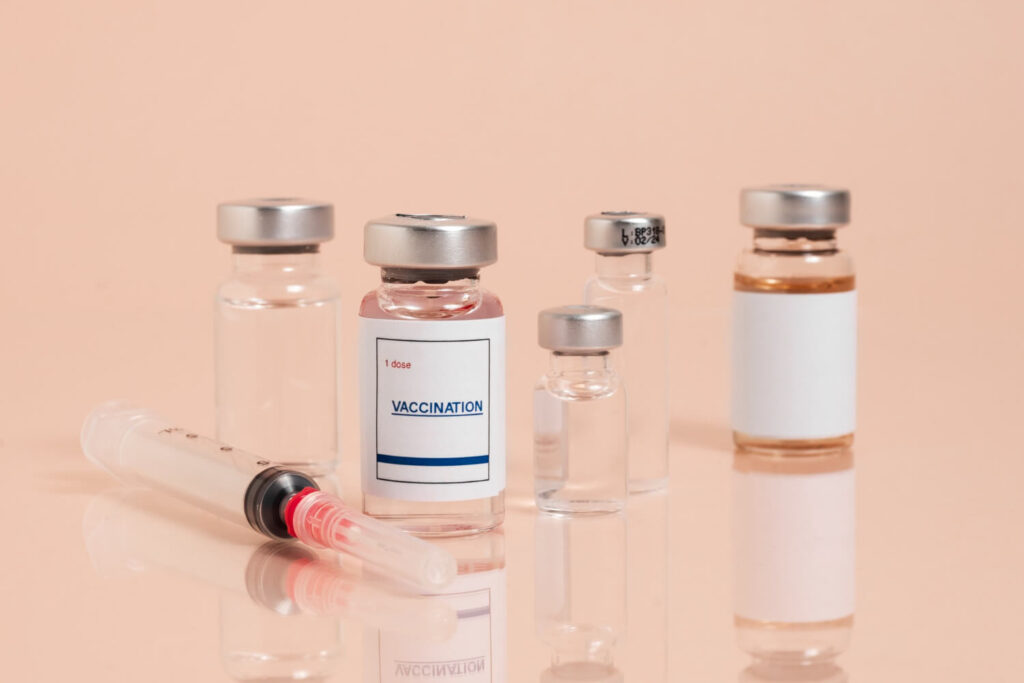
Immunization plays a crucial role in preventing the spread of infectious diseases like dengue. The development of dengue vaccines has been significant in controlling its prevalence, especially in endemic regions. Vaccination not only protects individuals from contracting the virus but also achieves disease control as it builds immunity to safeguard vulnerable populations. So, whether the patient is an adult or a child, they can build up protection against the illness through vaccines.
Home Care Remedies
Home care measures focus on relieving symptoms and promoting recovery. It is a health tip that patients can do to help their body and immune system recover from the threats of dengue.
These may include resting, drinking plenty of fluids, taking acetaminophen for fever and pain relief (avoiding nonsteroidal anti-inflammatory drugs), and seeking medical advice for additional support. Furthermore, maintaining a cool environment and using mosquito nets or repellents can help prevent the spread of illness.
These tips can reduce the risk of additional mosquito bites, which can exacerbate the symptoms of the disease.
Medical Interventions
In severe cases, hospitalization is often necessary. Treatment may involve intravenous fluid therapy to restore fluid balance and manage shock, blood transfusions for severe bleeding, and close monitoring of vital signs and laboratory parameters. Additionally, supportive care, such as pain management and respiratory support, may be provided as needed.
Healthcare providers may also conduct regular blood tests to monitor platelet counts and assess the progression of the disease. Early detection and appropriate medical interventions are crucial in preventing complications and improving the outcomes for individuals with severe dengue.
Dengue Prevention
The most effective approach to managing this condition is preventing its transmission. This involves a combination of individual and community-based measures to control mosquito populations and reduce exposure to mosquito bites. Let’s check the possible solutions below!
Mosquito Control Measures
As mentioned, the Aedes mosquitoes breed in standing water, making proper water management essential in dengue prevention. Apart from the typical breeding grounds like flower pots and discarded tires, mosquitoes can also thrive in unexpected places such as bottle caps and tree holes. Therefore, regular inspection of potential breeding sites is crucial in combating the spread of this infectious disease.
So, measures must include eliminating mosquito breeding sites by removing stagnant water sources, covering water containers, and using larvicides or insecticides. Additionally, personal protection measures, such as wearing long sleeves and pants, using mosquito repellents, and sleeping under mosquito nets, can greatly reduce the risk of mosquito bites.
Furthermore, biological control agents like Bacillus thuringiensis israelensis (BTI) can be an eco-friendly approach to target mosquito larvae. BTI is a naturally occurring soil bacterium that produces toxins specifically lethal to mosquito larvae, making it an effective tool in reducing mosquito populations without harming other organisms in the ecosystem.
Community Engagement and Public Awareness
Meanwhile, raising awareness is another way to resolve the problem. Engaging communities in dengue prevention as public awareness campaigns can educate individuals about the importance of eliminating dengue threats. Educational materials may involve the elimination of mosquito breeding sites, seeking early medical attention for suspected cases, and practicing personal protective measures. Community participation, coupled with strong governmental support, can help pave the way to a dengue-free future.
Moreover, community mobilization can involve activities like clean-up drives, where residents come together to remove potential mosquito breeding sites in their neighborhoods. By fostering a sense of collective responsibility and ownership in dengue prevention, communities can create a sustainable impact in reducing the burden of this disease.
Conclusion
Managing dengue requires a multi-faceted approach, which will be rooted in a deep understanding of this infectious disease. By possessing such knowledge, parents and their children can manage the threats of dengue, especially as cases commonly lead to deaths.
In that case, early detection and intervention are essential for better control and management of dengue. Book a consultation with an infectious disease doctor today to reduce the threat and safeguard your family’s health.
